The rollout of a new strategic plan is an exciting and often daunting experience. Whether your plan involves incremental improvement upon your ‘business-as-usual’, or a complete reimagining of how your school operates, it represents changes to come — and change can be scary.
It is important, then, that your communication strategy for sharing your strategic plan is carefully considered. Getting it right is vital in bringing your community together on the next steps of your school’s journey. By adopting a ‘storytelling’ approach to communicating your strategic plan, you can help them understand the roadmap you’re being guided by and excite them for the journey ahead.
Why tell the story of your strategic plan
Stakeholder alignment
By clearly communicating the strategic plan, schools ensure that all stakeholders, including students, parents, faculty, staff and the wider community are on the same page. This alignment fosters a shared understanding of the school’s direction, promoting unity and collaboration. And when stakeholders are united, it’s easier and quicker to enact change.
Engagement and ownership
Communication provides opportunities for stakeholders to engage with the strategic plan, offering their input and feedback. This involvement fosters a sense of ownership, as individuals feel connected to the school’s mission and are more likely to actively contribute to its success. It’s all about bringing the audience into the frame.
Community relationships
Your school is an integral part of your broader community, and effective communication of the strategic plan strengthens this position. It allows the community to understand the school’s goals, achievements and challenges, bolstering not only your position in the eyes of your existing families and staff, but also within your target catchment area. This provides a springboard for external marketing and advertising efforts.
How to ‘storytell’ your strategic plan
Translate your ‘corporate speak’
Strategic plans are usually developed at an executive and Board level, and the language often reflects this. That’s not a problem when it’s being used to monitor progress at Board meetings, but parents and staff will not engage with opaque corporate jargon. Translate your plan into simple, everyday language.
Show, don’t tell
A picture (or graphic) is worth a thousand words. If you can turn a paragraph into an icon, do it. But don’t overcomplicate your graphics — a convoluted flowchart with poorly labelled elements can cause more confusion than a plain language explanation might. Ask yourself: Does this graphic make it easier to understand what I am saying?
Think outside the PDF
Your strategic plan has probably been compiled with meetings in mind, exported as a PDF, printed and bound as a booklet. This makes sense in the boardroom, but most of your audience — the people you need to bring along for the story — are not in the boardroom. They will access it on their phone, their tablet or their desktop, so consider presenting your strategic plan via a medium that lends itself to digital platforms. A long landing page, a video or even a storybook can be a great way to engage your audience in your plan for the future and make your vision something they want to be a part of rather than some intangible behind-closed-doors matter of compliance.







